Geoff Stanfield spoke with M. Ward for an episode of the Tape Op Podcast in August of 2023, around the time of his album supernatural thing was released. Here they dig into his love of collaborations, his analog approach to recording, and more.
Your album, supernatural thing, is full of collaborations, which is something that you have done your whole career. You've got She & Him, Monsters of Folk, and your other records have many collaborations. What are you looking for in those partnerships and collaborations?
I just love being surprised, whether it means being a listener to someone else's record or being in the studio, hearing my songs come out of the speakers. I feel like if you're going to make a record that's over 40 minutes long, there should be some surprises. For me, I spend so much of my musical time with just myself because I'm writing alone and recording demos alone. It's a great pleasure to connect with talented friends from all over the world if I can. It gets me out of the bubble that I live in when I'm writing and demoing, and those are the first reasons that come to mind. I’ve always loved collaborating, and if it can bring some pleasant surprises to the production process and the listening process, then it's a huge bonus.
How do you go about deciding on collaborations? Are you co-writing these tracks? Are you writing the songs and thinking, “First Aid Kit would be great for this”?
In the writing process, it's all just me alone with my guitar and sometimes piano. After a few months or years of listening to the demo, that's when I'll start hearing other people's voices in the productions. We will send a note out to see if this or that friend is available and interested, and I've been very lucky in life to have a lot of talented friends who are willing to contribute their time and talent to these projects. That's a huge part of the enjoyment of making records for me.
I know that you're still recording as much as possible in the analog domain. How does that work when collaborating? Are you traveling with tapes?
I'm always recording to tape as much as possible. COVID made it a little more complicated in that we did have to rely a little bit more on some digital tracking, but the entire record by and large is all analog. And that's still my favorite way of recording vocals, and I'm sure it always will be. Same way with drums. I still feel the best drum sounds I've ever heard were analog, and I still have less patience with the sound of drums that have been digitally manipulated and digitally recorded. I know that some people are doing it in an incredible way, but I'm still kind of annoyed by it.
What is it about the analog realm that has kept you there?
I guess it matches up better with all the records that have been playing in my head since I was a kid. I feel that recording certain instruments on analog is not like it's a difficult thing to do to just find a tape machine. It doesn't matter how rich it is, whether it's 2-inch or 1/2-inch or 1/8-inch. To me, it always sounds better than the digital filters. It's just a matter of personal taste. And if I had to say one reason why, it's because it matches up with the drum sounds I heard on all my favorite records growing up.
There's something to be said for the process. Something may feel great and then you look at it and it's off the grid. These are things that never happened before. People used their ears, their heart and their gut.
Yes, I think those little "mistakes" are quite often my favorite things in every production I've ever made. Digital recording makes it way too easy to smooth those out. It ends up losing its soul, and it ends up losing some of the magic of recording music with other humans. That’s just been my experience.
Did you travel and get to be in the room with the collaborators on this record?
Most of them, yes, I went out to Stockholm and recorded “Engine 5” and “Too Young to Die” in Stockholm with First Aid Kid. Some of the other ones had to be done remotely because of COVID. But yes, there was some bouncing around between Portland, Oregon, Vancouver, Washington, Stockholm, Sweden, and a little bit in Los Angeles.
When you come in with your verse on “Too Young To Die”, it reminds me of Lee Hazlewood. I may be projecting that because I know you and [editor] Larry Crane had a conversation about the Lee Hazlewood record, Cowboy in Sweden.
Well, thank you. I'm a huge Lee Hazlewood fan. It's kind of a crazy coincidence that Lee Hazlewood did some of my favorite recordings in Sweden. Maybe there is a connection there that's subconscious or something. But yeah, the Swedish-American hybrid is not something you hear too often in music. But Cowboy in Sweden is one of my all-time favorites.
One of the things that you talked about was the element of surprise. It made me think of this great AM radio station, when I was growing up in Monterey, called KIDD. They played everything. I still love a great radio station with a DJ and not knowing what's next.
Yeah. I think albums can achieve that. But for one reason or another, they choose to stay in one lane. And still, some of my favorite records do that. But I would say that most of my favorite records have surprises, not just in style but also in sound and production styles. The Beatles' "White Album " comes to mind as something that has stayed with me forever. As a kid, I heard it and I was confused in this way that made me want to keep listening to try to understand how these songs that don't seem to fit together are back to back on this, on this record. And it's stayed with me. I feel I have more of a capability to explore different things when I'm making records. It's a great challenge and an adventure to see what I can do with putting strange colors next to each other.
Many of your background vocal treatments are very, very hazy. I may be reading too much into it, but they evoke a real dream-like, hazy state of mind. Was that intentional?
Well, that's great. I think that analog brings its built-in haze, and that's one of the reasons I've been drawn to it. There’s a little bit more room to imagine what I want. That speaks to the magic of recording on 2-inch tape. Also, production-wise, leaving space and not playing music to a click is part of that. Tempo is a big part. So, yeah, those are the main things that come to mind, if that's the impression that's being received.
Was there anything specific technically that you did recording those background vocals or was that a mix thing?
It's not a specific kind of microphone. It's a volume and mix thing more than anything else. Some of my favorite backing vocals are pretty far back in the mix. I think if you put them too loud and in your face, then they lose that. Backing vocals are a huge part of all the records that I make, and it's important that they're in their place and they're not taking over from the lead vocal or any other instrument. I get a lot of joy out of sometimes treating them like a keyboard or an organ. A lot of times, that is the aesthetic that we're aiming for in the studio.
How involved in the mixing process are you?
I work hand in hand with my mixing engineers. I've never done it remotely. I think that would drive me crazy. I'm in there with the engineer in the room. That is half the fun. I think recording is mixing as well as mastering. That would make it one-third, I guess. But the mixing and mastering process is all a joy for me, so I'm right there for all of it. No reason to delegate things that I enjoy doing, and I love so many aspects of the record-making process. The things I like to delegate are everything that does not involve music, and that is the business side of it, which is pretty distasteful to me.
That was extremely polite! On the technical side, for engineers, mixers, and mastering engineers, what do you look for there?
Well, I've been lucky to have friends ever since I started who are great engineers. And when they're not available, they recommend people. As far as Portland is concerned, when I first started recording here, it was with an old college friend named Adam Selzer who had a studio here called Type Foundry [Recording Studio]. He turned me on to Tape Op and Larry Crane, and that's when I started to work with Larry. A big part of it is the same way that I get exposed to musicians is word of mouth. A web of friends through other friends. I've been lucky to work with engineers who have great ears to understand that not every production needs to be pre-programmed. Half of the success of a record comes with leaving the door open to chaos and things that aren't pre-programmed. That means putting importance on capturing moments when maybe musicians aren't ready to be recorded. That's a big part of the instincts of my favorite engineers, is that they know that the pre-programmed elements of every song and production is only half the story.
Were there any happy accidents that you can share from these last sessions for the supernatural thing record?
Every song has them. That David Bowie cover ["I Can't Give Everything Away"], I never intended to put this on or to put it out at all. I did it just for fun because I loved that melody so much. I learned the song and decided to see what would happen if we replaced Bowie's melody with saxophone instead of words. So we called up two saxophone players, one of them was Jim James, and another guy named Kelly Pratt. Putting them together was a giant happy accident. The production idea was to see what would happen if we gave them David Bowie's vocal melody and they turned it into saxophone. We received a bunch of tracks and did some juggling. I love how that turned out.
That's a great one. It put me right back into the way I feel when I listen to “Us and Them” off [Pink Floyd's] The Dark Side of the Moon and “Waiting on a Friend” from the Rolling Stones.
I love both of those songs.
They both have such signature saxophone moments in those songs. You started recording early on. I read that you got a 4-track machine and that you still have the same machine, or one similar to it, that you still do your demos on.
Yes, yes. It's an old TASCAM Portastudio 424, and I bought it in high school in Ventura County for probably about $150. It was a big deal for me. It was the gateway drug that got me into recording and probably changed my life. I've never looked at it and said, "I've got to get rid of this thing." It's more like, "Okay, this is a life-changing piece of equipment, and I don't see any equipment like that in my life at all other than this thing." All the guitars I had in high school and amplifiers are all gone. But this thing still works. It's a 3-track, but I'll hit it with my knuckle and it becomes a 4-track sometimes. It was a great purchase and I still use it now because it has a sound. As people who've worked with cassette tapes know, it can't be duplicated on Pro Tools or any other way. Growing up, I listened to Daniel Johnston cassettes and eventually discovered records by people like Robert Johnston and John Fahey. I should say Guided By Voices also gave me confidence in, I hate the word "lo-fi" but no one has ever probably called Robert Johnson's recording lo-fi. But in my mind, they're operating on the same wavelength as Daniel Johnston's records. That's a low-fidelity experience, but somehow it's more emotional for that reason. And yeah, a big part of that is due to the technology that these little TASCAMs offer, or at least they did in the past. I don't know if they're still making them.
I certainly know people who have access to every digital tool but are still working in that way, preferring to work on a cassette 4-track and finding enjoyment and inspiration from an inanimate object. That's what gear should do. There's something so dead on about that emotional intimacy and capturing when somebody's in their most quiet, private moments in their bedroom with a 4-track.
Yeah, I agree. Something is quite often lost when you go into a big studio and you're suddenly working on the clock. It's not true all the time, but it's been my experience that both ways are worth a listen and worth comparing. 

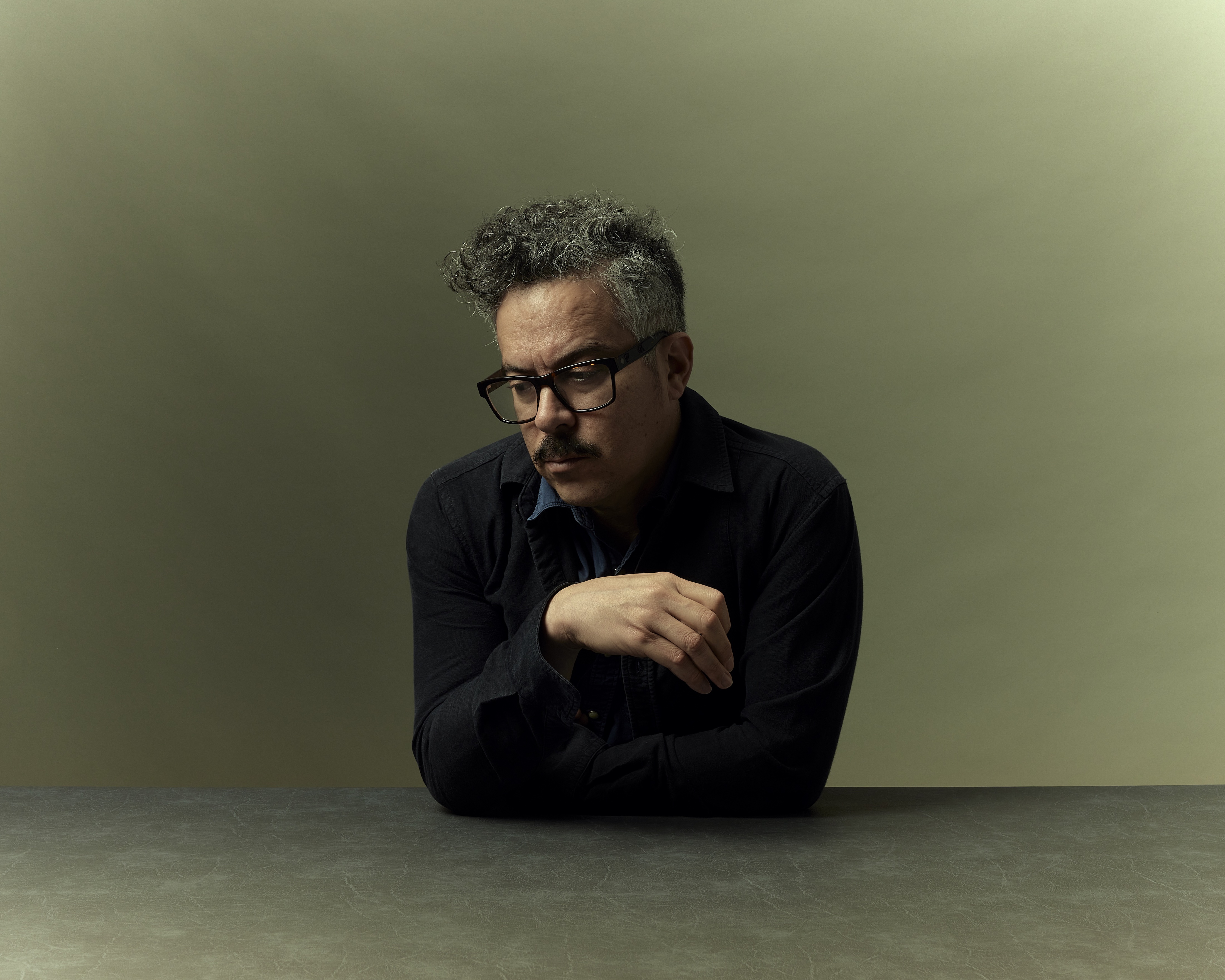
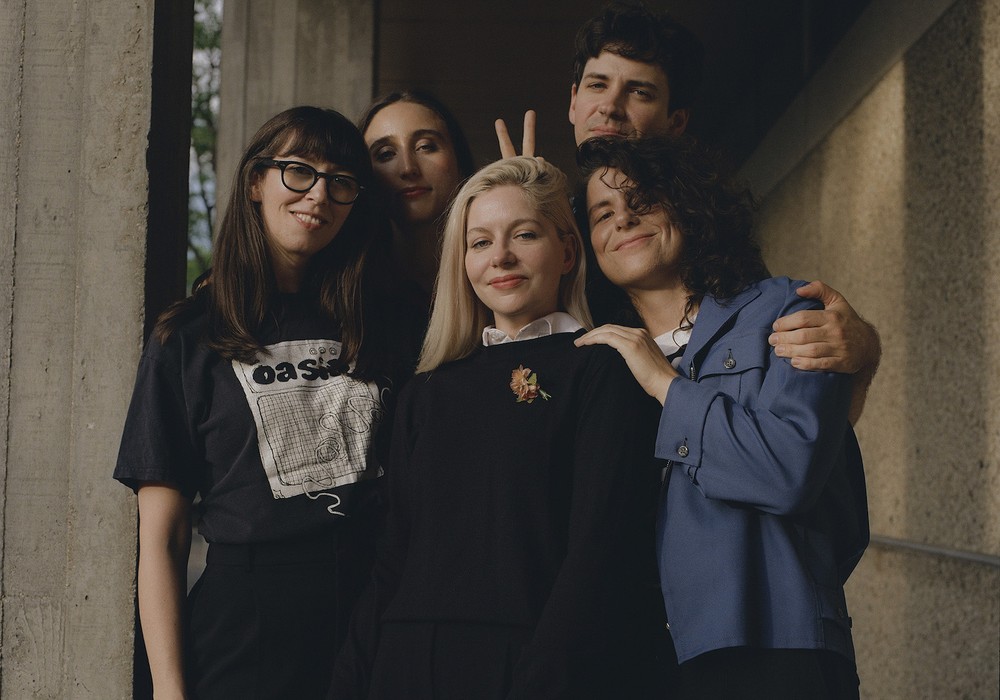
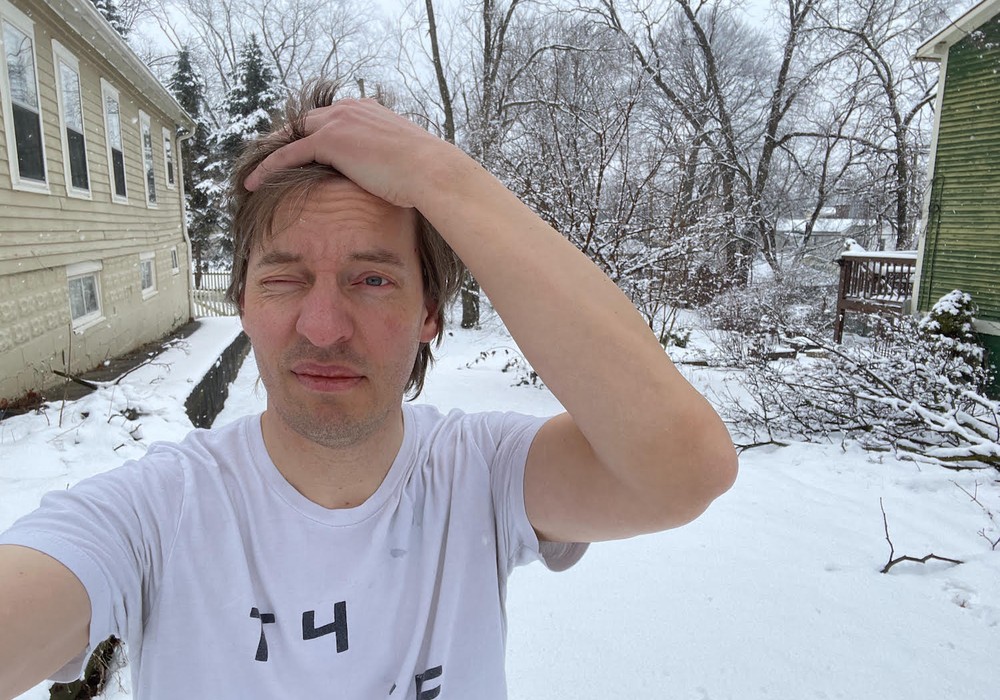
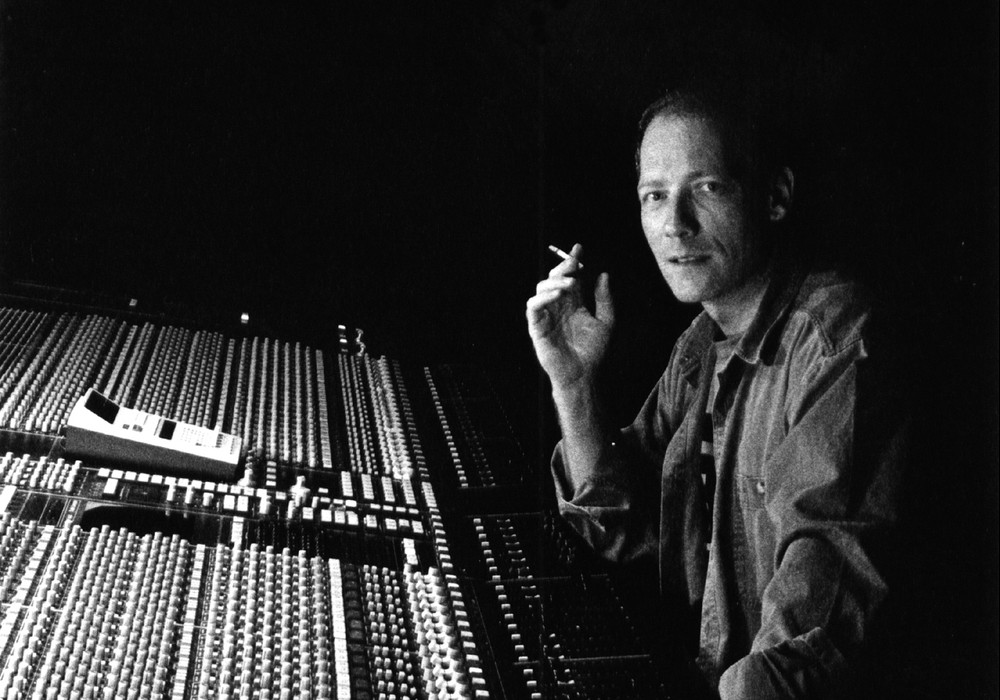
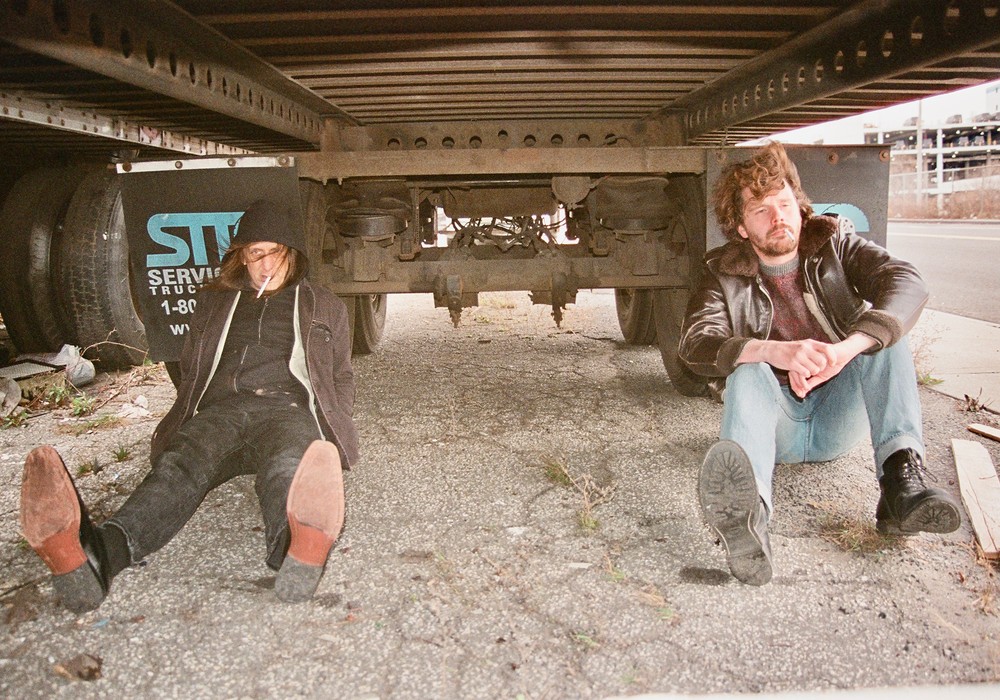
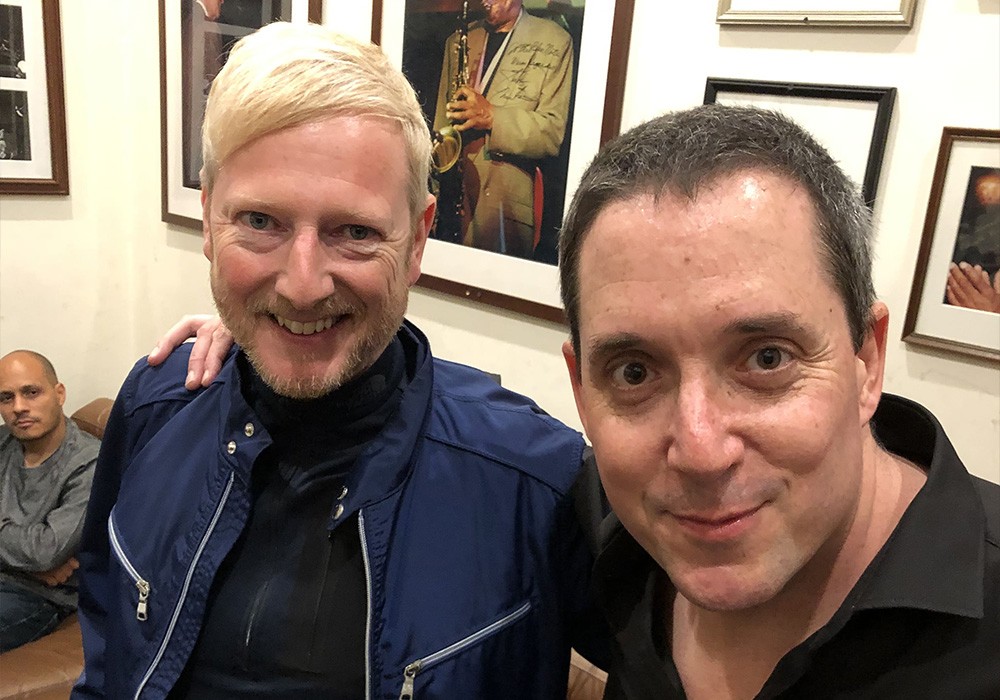
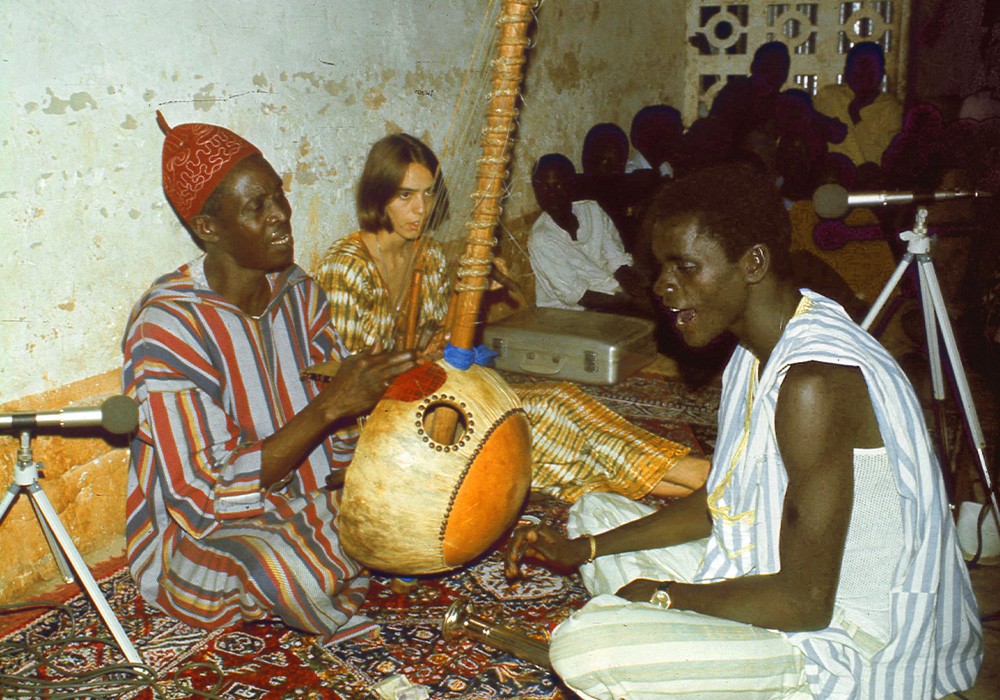
_display_horizontal.jpg)